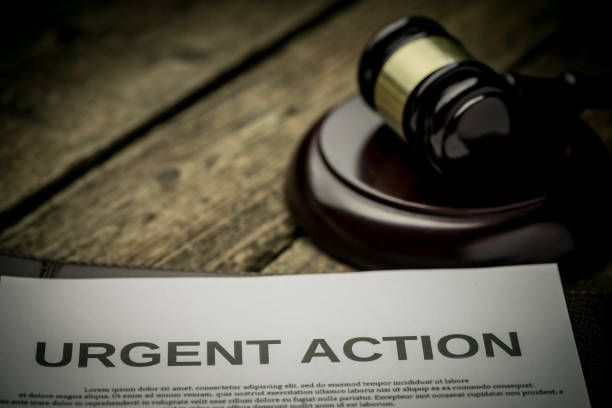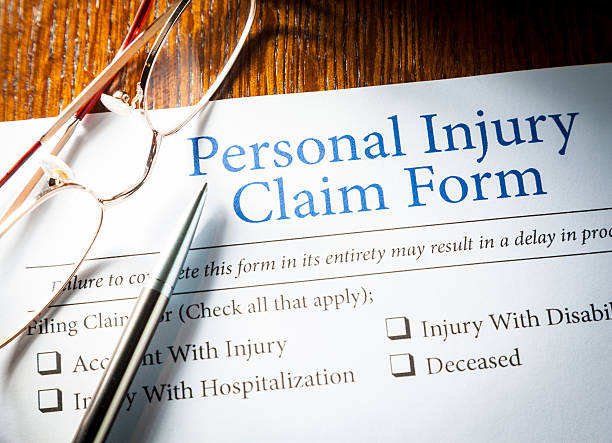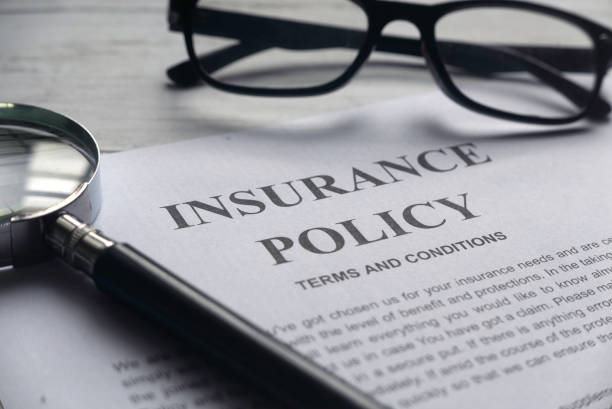What Does Third Party Insurance Cover Theory? Third-party insurance is a type of liability insurance. The first party is liable for their damages or losses, regardless of what caused them.
One of the most common kinds of third-party insurance is auto insurance.
Third-party insurance provides coverage for claims of damages and losses caused by a motorist who is not the insured, the main, and so is not covered by the insurance policy. The third party is the driver who caused the damage.
What is Third-Party Insurance?

Third-party insurance is a form of insurance policy that protects the insured party from financial losses caused by third-party claims.
In this sense, a third party is someone other than the insured and the insurance company.
Related: What Insurance Should My Builder Have in 2023
This insurance coverage is frequently coupled with liability insurance, which protects the policyholder from the financial implications of third-party legal actions.
There are two forms of third-party liability coverage for auto insurance:
Liability for bodily harm: Covers expenses incurred as a result of a person’s injuries, such as hospitalization, lost wages, or pain and suffering as a result of an accident.
Property damage liability: Covers expenditures arising from property damage or loss, such as landscaping and mailbox replacement, or compensation for loss of use of a structure.
In certain situations, the law may require third-party insurance. Drivers, for example, are required to have a minimum amount of bodily injury liability and property damage liability coverage.
These coverage standards differ from one state to the next. Only a few states impose additional limits or demand both.
Each state has its own minimal standard for each type of coverage.
Even in “no-fault” states, liability insurance is nearly mandatory. No-fault statutes do not shield you against multi-million-dollar injury lawsuits brought by critically wounded third parties.
Read More Combined Car and Home Insurance: Everything You Should Know
What Does Third Party Insurance Cover Theory?
1. Bodily Injury
What Does Third Party Insurance Cover Theory? One of the primary aspects of third-party insurance is coverage for bodily injury. In the event that the insured party causes harm to another person, the policy steps in to cover the medical expenses, rehabilitation costs, and, if applicable, compensation for pain and suffering.
2. Property Damage
Third-party insurance extends its coverage to property damage caused by the insured party. This includes damage to vehicles, structures, or any other property belonging to a third party.
The policy covers the repair or replacement costs, mitigating the financial burden on the policyholder.
3. Legal Expenses
Legal proceedings can be costly, but third-party insurance often includes coverage for legal expenses.
This ensures that the policyholder is financially supported in the event of a lawsuit related to the covered incidents.
The insurance company typically handles legal representation and related expenses.
How does third-party insurance work?
If a policyholder is involved in an accident, the insurer will provide financial help to cover the cost of repairs to third-party property.
As a result, the policyholder’s financial burden is reduced. In the event of an accident, the insured must immediately notify the insurance company before submitting a claim.
When a claim is lodged, the insurance company appoints a surveyor to inspect the damages and confirm the estimated repair cost.
The insurance settles the claim once the verification is complete.
See More Trustage Auto Insurance Personal Invitation Number
Importance of Third-Party Insurance
What Does Third Party Insurance Cover Theory?
- Third-party insurance is a legal necessity. As a result, obtaining third-party coverage allows the policyholder to meet his or her legal obligations.
- Although it is a basic coverage choice, it provides policyholders with peace of mind by ensuring that they have adequate financial protection in the event of an accident.
- Third-party motor insurance protects the policyholder’s finances from unintentional hazards.
Making a list of the terminology used is the first step in understanding how third-party insurance works.
Some of the terms often connected with third-party coverage are:
- First party: the policyholder or the one who acquired the insurance coverage.
- An insurer, or insurance firm, is a third party.
- Third-party: The person or entity who files a claim for damages caused by the first party.
If the policyholder is involved in an accident with a third party, the policyholder is responsible for any losses or injuries sustained.
When an accident occurs, the policyholder must notify the insurance provider as soon as possible and explain the situation.
It is also critical that information about the accident be compiled and supplied to the insurer, including the following details:
- Accident description, including date and time.
- Insurance and policyholder information were present at the time of the accident.
- Describe any injuries experienced by the driver or passengers, as well as any damage to property or vehicles.
- Witness information.
- At the time of the collision, the weather and visibility conditions were poor.
- Photographs of evidence gathered at the accident scene
- If the police inquire, provide the insurance company’s information and make a note of the First Information Report (FIR) number, if appropriate. Furthermore, if the accident was not caused by the policyholder, the claimant may file a claim for the cost of hiring a motor vehicle, repair charges, and injury compensation under the terms of the insurance policy document.
Features of Third-Party Insurance
- Third-party insurance provides all policyholders with a basic level of protection.
- It is also known as a liability-only or act-only policy.
- It protects the policyholder from legal obligations to a third party that may develop as a result of the policyholder’s involvement in the accident. It compensates the third party for bodily injury, death, and property damage.
- One distinguishing feature of this sort of policy is its low premium.
- Third-party insurance does not protect the insured vehicle.
The Procedure for Filing a Third-Party Insurance Claim
The policyholder must follow the claim requirements in order to receive compensation from the insurance company. The stages of claiming third-party insurance are as follows:
- First and foremost, the policyholder must notify the insurance company of the accident within the time frame specified in the policy document.
- The policyholder must report the accident to the nearest police station and obtain a copy of the report.
- Fill out the form and provide the appropriate papers to the lender to file a claim.
- Following the filing of the claim, the insurer will dispatch a surveyor to examine the damage and confirm the estimated cost. Following the assessment, the surveyor submits a report.
The insurance compensates the claim based on the report.
Conclusion
In conclusion, third-party insurance plays a pivotal role in safeguarding individuals and businesses from the financial fallout of accidents and liabilities.
It encompasses coverage for bodily injury, property damage, and legal expenses, providing a comprehensive solution to unforeseen circumstances.
Embracing third-party insurance not only ensures legal compliance but also promotes financial security and peace of mind.
As with any insurance decision, careful consideration of individual needs and circumstances is crucial to selecting the most appropriate coverage.






